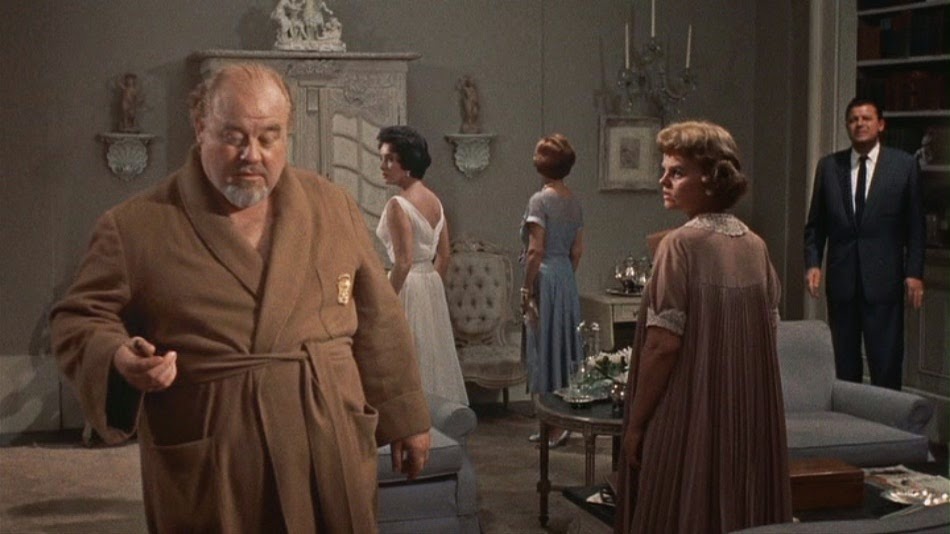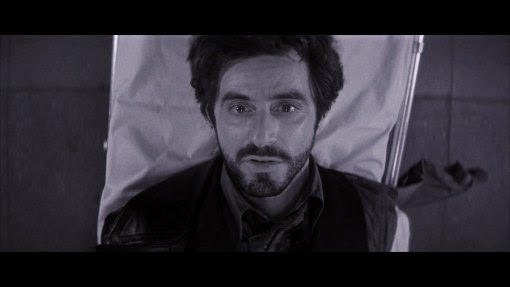 |
| The seething poster for Richard Brooks' Cat on a Hot Tin Roof |
QUICK REVIEW:
Paul Newman (Cool Hand Luke (1967)) plays the son Brick, who has indulged himself into a liquor-based pit as the family patriarch, Big Daddy (Burl Ives) returns home to his 65 year birthday and finds his family in a thick haze of mendacity.
Cat on a Hot Tin Roof is the grand, condensed family-melodrama adaptation of Tennessee Williams' celebrated, Pulitzer Prize-winning Broadway play, which controversially deals with a homosexual protagonist trapped in an unhappy marriage. This has been toned down beneath the floorboards in this the movie version, which seems contrary to the point of the whole film, and is sad, even to the point where Williams, who was gay himself, told people in line not to go see the film. Newman also was disappointed with the make-over.
Nevertheless the film is a great, gorgeous, multi-Oscar-nominated work with some societal critique in its edges and bitingly sharp dialog. The drama is intense to the point of high-pitched unreality, but the performances are great and the subtext bulging, so the parts stick together into a still rousing indictment of hypocrisy in the American nuclear family.
 |
| Burl Ives in the front in this still from Richard Brooks' Cat on a Hot Tin Roof |
The thunder roars, while Brick's corrupted brother, led forward by his devious wife 'Sister Woman' Mae (Madeleine Sherwood (The Changeling (1980))), rips and claws in their mother for the inheritance of their perishing giant of a father. Much in the film would have seemed sentimental twaddle, if it hadn't been for Ives' masterly performance that could just as easily have won him the year's Oscar, - if he hadn't won it already, for his performance in William Wyler's equally great The Big Country.
 |
| Paul Newman at the bottle, and Elizabeth Taylor letting him have it, in Richard Brooks' Cat on a Hot Tin Roof |
Elizabeth Taylor (Who's Afraid of Virginia Wolf (1966)) is also very good as the doughty 'cat', who is hanging on by her claws onto the burning hot tin roof of a torn family and a man who isn't meant to be with her.
Taylor most probably had a terrible time shooting the film, as she first got sick and then lost her husband Mike Todd, who died in a plane crash a couple of weeks into shooting. Less than a month later, she was back on set like a real trooper.
The film is directed by Philadelphia-born movie-maker Richard Brooks (The Last Time I Saw Paris (1954)).
Cost: 2.3 mil. $
Box office: 11.2 mil. $
= Big hit
What do you think of Cat on a Hot Tin Roof?
Ever seen a stage production of it?
Comparisons and other comments are welcomed




























